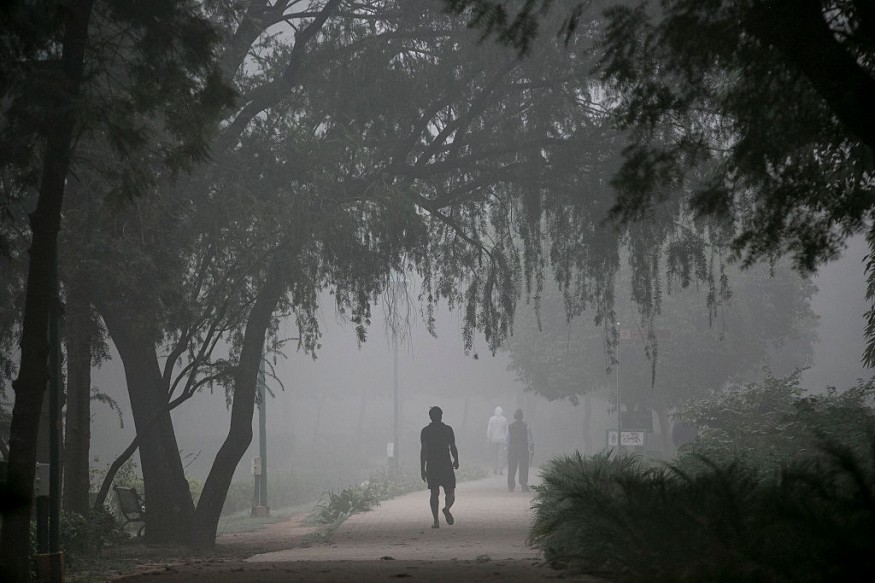Cities in India notoriously have heavy air pollution, specifically PM2.5, and sadly, the same is true for their countryside regions.
The rural residents of India have been exposed to the same level of harmful pollutants in their atmosphere that city residents endure every day.
The harmful PM 2.5 pollutant
Some of the particles that pervade the air in India and other countries are known as PM2.5. This airborne particulate matter has a size not exceeding a diameter of 2.5 micrometers.
Prolonged exposure to PM2.5 is recognized as one of the main causes globally for premature deaths.

Present in both urban and rural regions
Air pollution is usually considered to be an urban problem. However, activities in the rural areas, including the burning of the stubbles of crops and the use of wood as well as other pollution-causing materials in cooking can and do emit high amounts of these tiny particles.
A new study assessing the threat of PM 2.5
A research team has set out to determine how big a threat PM2.5 can pose to the rural population of India.
The study was conducted by Colorado State University, Fort Collins campus researcher and professor Akkihebbal Ravishankara together with his colleagues.
Their findings have been published in the PNAS or Proceedings of the National Academy of Sciences journal.
The research team conducted a mapping project of the density of the populations of various areas in India, as well as the concentrations of PM2.5. They used satellite data and weighted the pollutant's concentrations by population density.
Findings of the study
The research team found out that there was a negligible difference in the pollution of urban areas compared to rural areas. Consequently, the individuals living in both are equally exposed to the PM2.5 pollutant.
In addition, the research team also found that almost the whole population of the country, both in urban and rural areas, are exposed to PM2.5 air pollution levels that are much higher than the safe levels determined by the healthy air guidelines set by the WHO or World Health Organization.
Worldwide PM2.5 Air Pollution
All over the world, the pollution caused by air particulate matter is the cause of death for millions of humans. This can be prevented, but it takes enormous effort.
Airborne pollutants can have diameters narrower than a person's hair. They are most often produced from human activities. They usually come from vehicle engine emissions, fires, smoke, construction projects, and other similar sources.
Effects of particulate pollutants
These pollutants are a major cause of climate change. In addition, they cause a myriad number of diseases in humans, such as stroke, respiratory complications, heart disease, and lung cancer all over the globe.
Particulate matter exposure occupies the sixth spot among the world's highest risk factors for fatalities in people. The deadliest of these particulates is PM2.5.
These pollutants cause four million deaths per year all over the world. If the deaths from household pollutants produced from indoor cooking and other sources of combustion are included, the annual death toll is nearly seven million.
The worst areas in the world where PM2.5 and other particulate pollutants are especially high are in developing countries, along with nations like India, even though everyone, everywhere is likely exposed to heavy air pollution as well.
Check out more news and information on Pollution on Nature World News.
© 2025 NatureWorldNews.com All rights reserved. Do not reproduce without permission.





